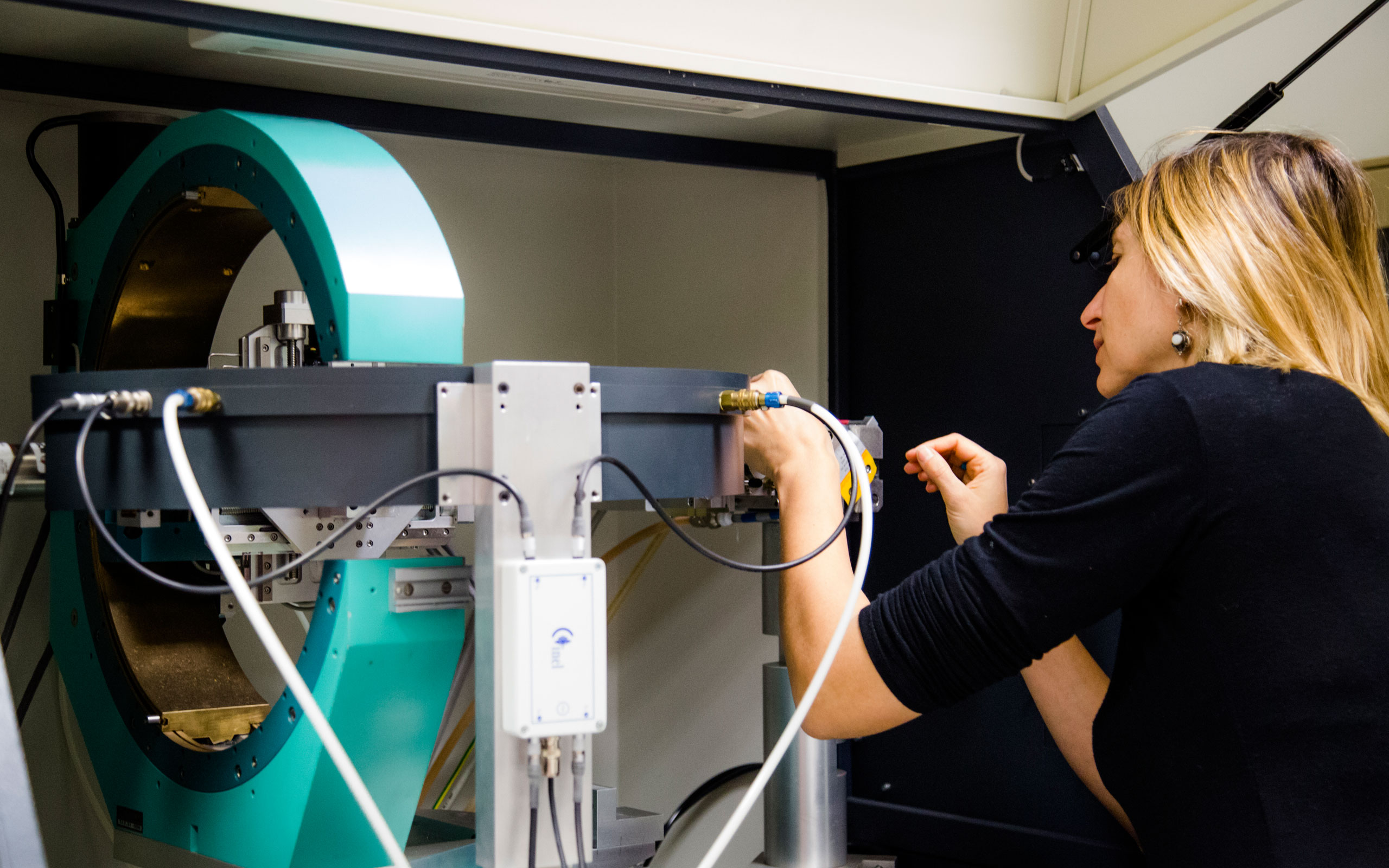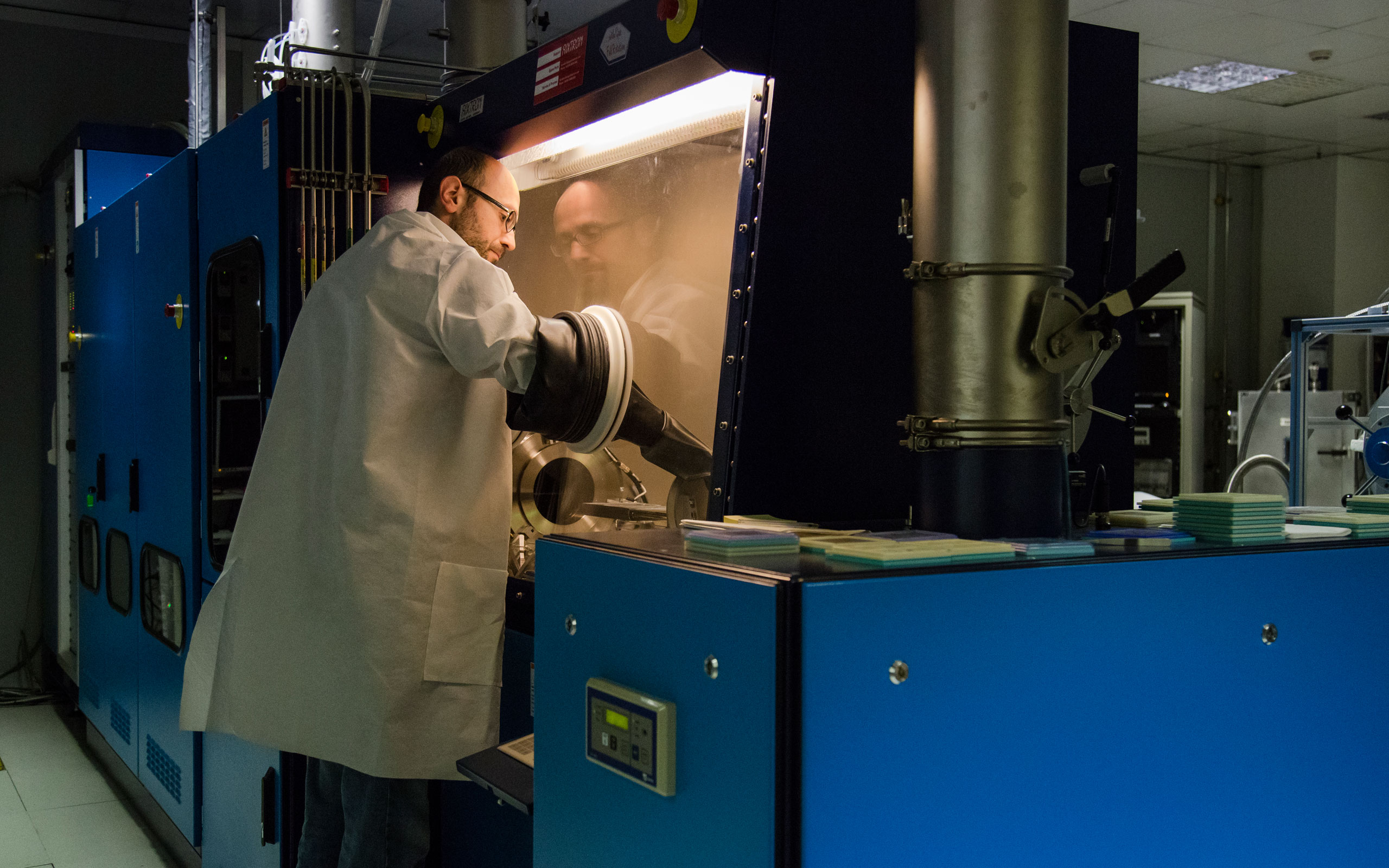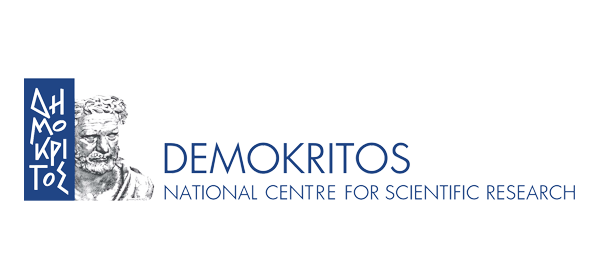
SKYTOP (Skyrmion-Topological insulator and Weyl semimetal technology) is an EU-funded Horizon 2020 project in FETPROACT-01-2018. The overall objective in SKYTOP is to make cross-fertilization between different topological classes of materials to realize devices with intertwined electronic spin and topology. In particular, in this project the aim is to combine two “topological classes”, one existing in real space associated with skyrmions and a second one defined in the reciprocal space associated with topological insulators (TI) and Weyl semimetals (WSM). The project consists of the following technical objectives:
- Develop thin film TI-technology and exploratory research on topological WSM;
- Develop a functional TI/Weyl-Skyrmion media platform
- Demonstrate TI/Weyl-Skyrmion based devices. The main idea is to take advantage of the strong charge-to-spin conversion effect anticipated in TI with strong spin orbit coupling (SOC) to nucleate and control the skyrmion dynamics. SKYTOP proposes skyrmion-based bio-inspired devices and reconfigurable filters with enhanced efficiency and new functionality that could lead to a paradigm shift in ultra-dense low power nanoelectronics. SKYTOP will also expected to open a route for exploitation of the emerging Weyl semimetal materials which are currently being investigated at the basic research level.
Latest Activities
Fernando Ajejas; Yanis Sassi; William Legrand; Titiksha Srivastava; Sophie Collin; Aymeric Vecchiola; Karim Bouzehouane; Nicolas Reyren; Vincent Cros
APL Mater 11, 061108 (2023), https://doi.org/10.1063/5.0139283
Cyril Léveillé, Erick Burgos-Parra, Yanis Sassi, Fernando Ajejas, Valentin Chardonnet, Emanuele Pedersoli, Flavio Capotondi, Giovanni De Ninno, Francesco Maccherozzi, Sarnjeet Dhesi, David M. Burn, Gerrit van der Laan, Oliver S. Latcham, Andrey V. Shytov, Volodymyr V. Kruglyak, Emmanuelle Jal, Vincent Cros, Jean-Yves Chauleau, Nicolas Reyren, Michel Viret & Nicolas Jaouen
Nature Communications volume 13, Article number: 1412 (2022),Ultrafast time-evolution of chiral Néel magnetic domain walls probed by circular dichroism in x-ray resonant magnetic scattering | Nature Communications ,Cite this article
J. Hawecker; E. Rongione; A. Markou; S. Krishnia; F. Godel; S. Collin; R. Lebrun; J. Tignon; J. Mangeney; T. Boulier; J.-M. George; C. Felser; H. Jaffrès; S. Dhillon
Appl. Phys. Lett. 120, 122406 (2022), https://doi.org/10.1063/5.0079955













